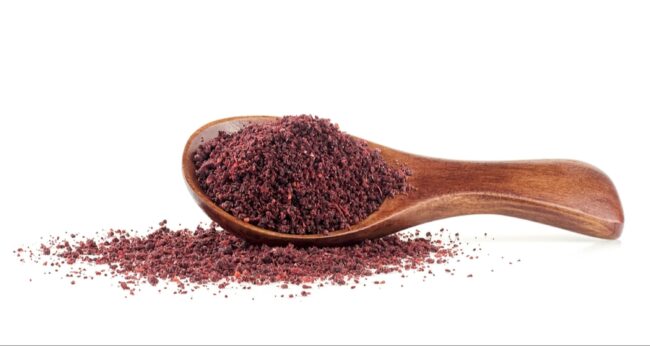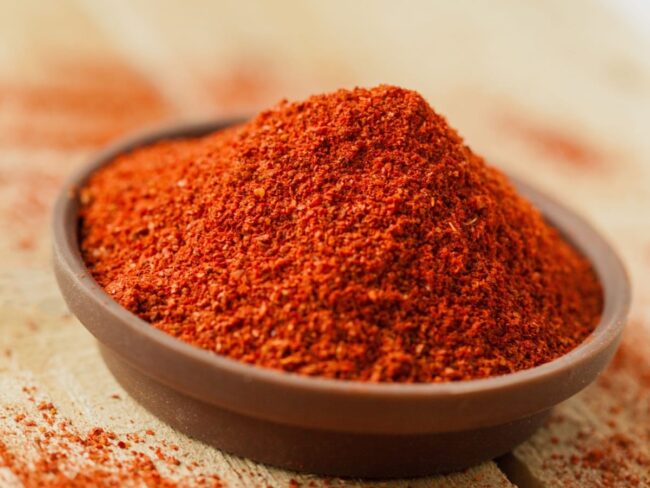Simple Alternatives to Sumac in Cooking
Sumac alternatives maintain the bright, tart bite that enhances everything from salads to spice rubs.
Citrus-based and mildly acidic ingredients provide comparable results depending on the dish.
Some swaps highlight a zesty punch, while others offer a more subtle background note.
The intensity of tanginess can be adjusted based on preference.
What Is Sumac?
Sumac adds a vibrant splash of color and flavor to many dishes, transforming ordinary meals into something special.
This spice enhances salads, meats, and dips with its unique tangy taste reminiscent of citrus fruits.
Known for its versatility, sumac pairs beautifully with grilled vegetables or as a seasoning for roasted meats.
The deep red-purple hue not only elevates the visual appeal but also invites curiosity about the meal's origins.
Caution is wise if you have cashew allergies; this spice comes from the same family and might trigger sensitivities.
The Best Sumac Substitutes
Lemon Juice & Zest:
A combination of lemon juice and zest provides a bright, citrusy tang similar to sumac.
While it won’t match the deep red hue, it delivers the same tartness that enhances salads, marinades, and dressings.
Smoked Paprika:
This Spanish spice offers a rich red color, making it a good visual substitute.
Though it lacks sumac’s citrusy bite, it adds depth and a hint of smokiness to yogurt-based dips and roasted dishes.
Za’atar Blend:
A mix of sumac, sesame seeds, and herbs, za’atar carries a similar lemony note with added complexity.
It works well sprinkled over vegetables or used as a seasoning for meats before roasting.
Ground Coriander:
This earthy spice has a mild citrus undertone that can mimic sumac’s fresh zing.
It blends well in cooked dishes and pairs nicely with other seasonings to balance flavors.
How to Store Sumac
An airtight container works best for storing sumac.
Placing it in your pantry keeps the spice fresh and flavorful.
This herb has a tangy taste that enhances many dishes, particularly Middle Eastern cuisine.
Its vibrant red color adds visual appeal to meals as well.
Regularly check for any signs of moisture or clumping to ensure quality remains high.
Using this spice can elevate both everyday recipes and special occasion feasts with its unique flavor profile.


